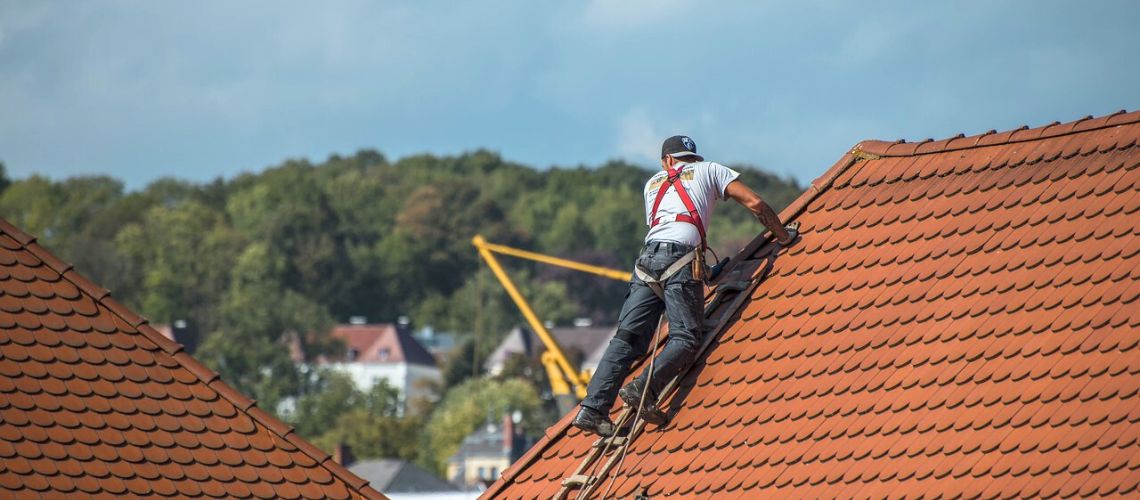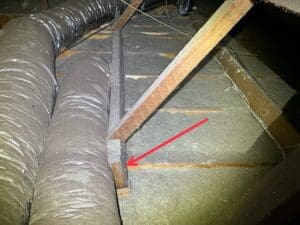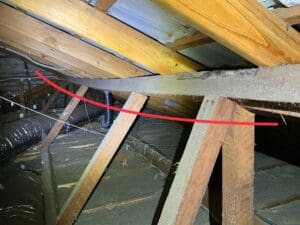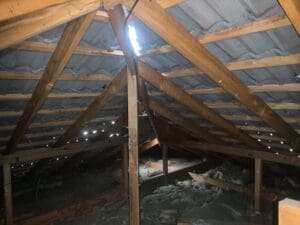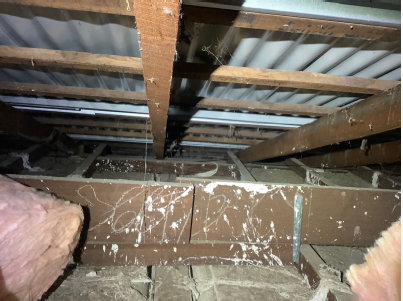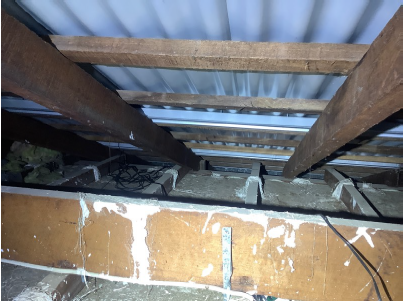Often, when buying an older home, alterations, additions, and even the replacement of the roof cover have been carried out. In some cases, these improvements can play a large part in choosing your future home. Whilst it may look great, you also need to be confident the work has been carried out correctly and by a registered tradesman.
We had the opportunity to sit down with one of our expert roof carpenters and inspectors, to gain valuable insights into roof inspections in established homes.
Why are houses reroofed?
Houses are reroofed for a variety of reasons including the age of the property, deterioration of building elements, gradual wear and tear of parts, weather conditions and storm damage. These can lead to sections of the roof needing to be repaired or replaced to minimise other problems like leaks or structural damage.
Other reasons to re-roof your property include increasing protection or upgrading the aesthetics of the property to increase the resale value. We see this a lot with tiled roofs upgraded to tin or colour bond sheeting.
How long does a roof last?
A roof can generally last between 20-50 years depending on several factors. These include materials used, quality of the installation, roof colour, roof slope, roof maintenance, ventilation and insulation, and climate.
If a home is within this age range it’s a good idea to include a roof inspection.
What are some common problems found during roof inspections?
With the roof structure and roof frame:
- Missing tie downs
- Movement of roof timbers due to the weight of the tiles on roof covers
- Sagging roof
- Damage due to a change in roof material and inadequate roof structure upgrades.
With the roof cover:
- Cracked tiles
- Deterioration and cracking of the sheets under roof tiles
- Rust on nails
- Silicon deterioration which can cause leaks
What’s the difference between roof-related major structural defects and non-structural defects?
Major Structural Defects (generally what the seller needs to fix)
A roof-related major structural defect occurs when there is a reduction in the structural performance of a roofing component. Repairs must be carried out in order to prevent an unsafe environment, loss of utility, and further deterioration of the property.
For example, the rotation of roof timbers in the roof frame. If a property has a major structural defect, the seller is generally required to get this fixed by a qualified tradesman or builder.
Example: The strutting beam (below) has rotated because no bracing was installed.
This rotation has caused the strut (below) to move, resulting in the roof frame starting to sag. To prevent further rotation and sagging, repairs are needed to install bracing on both the strutting beam and the under purlin.
Non-structural roof-related defects (what the buyer needs to fix)
Anything not included above. These are maintenance items and the responsibility of the buyer.
Example: The hole in this roof is caused by cracked roof tiles. This issue is commonly found in older homes. Aging roof materials and prolonged weather exposure can cause deterioration over time. To prevent further damage, such as leaks, this roof needs to be repaired and checked for other deteriorated areas.
Thinking about a reroofing project?
Make sure you engage a qualified trade if changing from one material to another. Engaging a builder or engineer is key to ensure the roof structure has been modified for the changes in loads.
When re-roofing has been or is to be carried out, the following scenarios must be assessed:
1. Roof cover replacement with like for like – The roof structure should be inspected to ensure it has not deteriorated over time (i.e., sagging evident) and is performing adequately.
2. When replacing with a heavier material (e.g., Tin to tile) – additional structural members and supports will likely need to be installed/upgraded to hold the extra weight.
3. When replacing with a lighter material (e.g., Tile to tin) – tie-downs need to be installed/checked to ensure the new roof does not blow away.
Number 3 is the most common scenario with tin roofing growing in popularity over the last 20 years or more. Unfortunately, it is common to find homes that have been re-roofed with Tin/Colorbond sheeting and tie-downs have not been considered or installed. This can be a Major Structural Defect.
Example: No tie-downs were visible to the perimeter walls and roof frame connections which was required when the roof was converted from tiles to metal.
Cost of repair or replacement
Reroofing prices will vary based on several factors such as the size of the roof, complexity of roof design, materials used, angle of the roof, and the labour costs of the roof replacement.
HiPages recently released an article on roof-related costs which can be used as a baseline. Again, always make sure your trade is licenced, where required, and qualified before engaging.
Wrapping Up Roof Inspections
At Home Integrity, our focus is to ease your concerns and solve your problems as quickly and stress-free as possible. Book a building inspection with our team today.
If you have any concerns with your property’s roof structure, send us a note to [email protected] or give us a call on 08 6184 5624 to discuss with one of our lovely team members.

